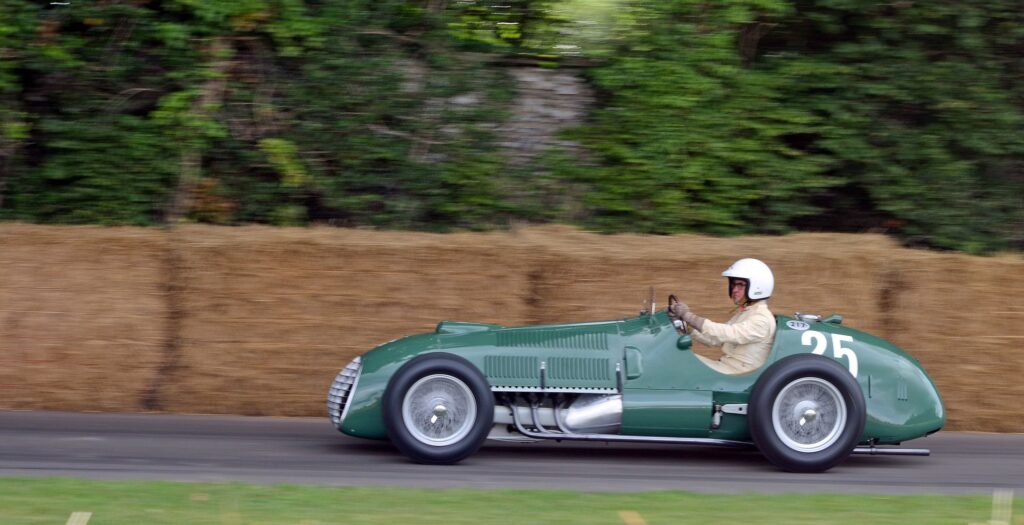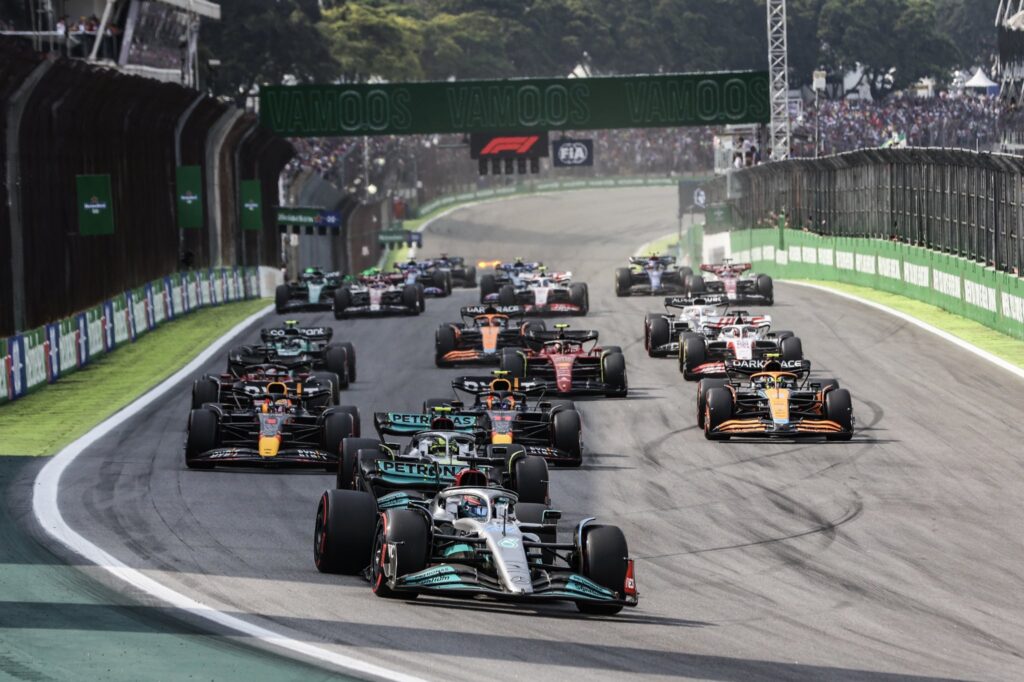The Ferrari 125 F1 car was a race car produced by the Italian manufacturer Ferrari for the Formula 1 World Championship. The car made its debut in the 1948 season, and it was the first car to be built by Ferrari specifically for Formula 1 racing.
The Ferrari 125 F1 was powered by a 1.5-liter V12 engine that produced around 150 horsepower. This was a significant increase in power compared to the pre-war Grand Prix cars, which had engines with a maximum of 1.5-liter and around 160 horsepower. The car featured a space frame chassis, and a lightweight body made of aluminum, which helped to keep the weight down to around 800 kg.
GET ONE MONTH FREE AND LEARN HOW TO BUILD YOUR OWN WEBSITE HERE
The Ferrari 125 F1 was driven by some of the greatest drivers of its time, including Alberto Ascari, Luigi Villoresi, and Nino Farina. The car was able to achieve a number of podium finishes and even a victory, but it was not able to win the championship in 1948, as the car suffered from reliability issues.
Despite its lack of success in its debut season, the Ferrari 125 F1 was an important car in the history of the sport. It was the first car to be built by Ferrari specifically for Formula 1 racing, and it was the first car to be powered by a V12 engine. The car’s V12 engine was considered one of the most powerful engines of the time and set the standard for future Formula 1 cars in terms of power and performance.
The Ferrari 125 F1 was also notable for its aerodynamic design, as it was one of the first cars to feature streamlined bodywork, which helped to reduce drag and increase speed.
In the following years, Ferrari continued to develop the 125 F1 and managed to achieve some notable results. In 1951, the team achieved its first Formula 1 World Championship victory with the car, driven by Argentine driver Juan Manuel Fangio.
Despite its lack of success in its debut season, the Ferrari 125 F1 was an important car in the history of the sport, as it set the standard for future Formula 1 cars in terms of power and performance and was one of the first cars to feature streamlined bodywork.





